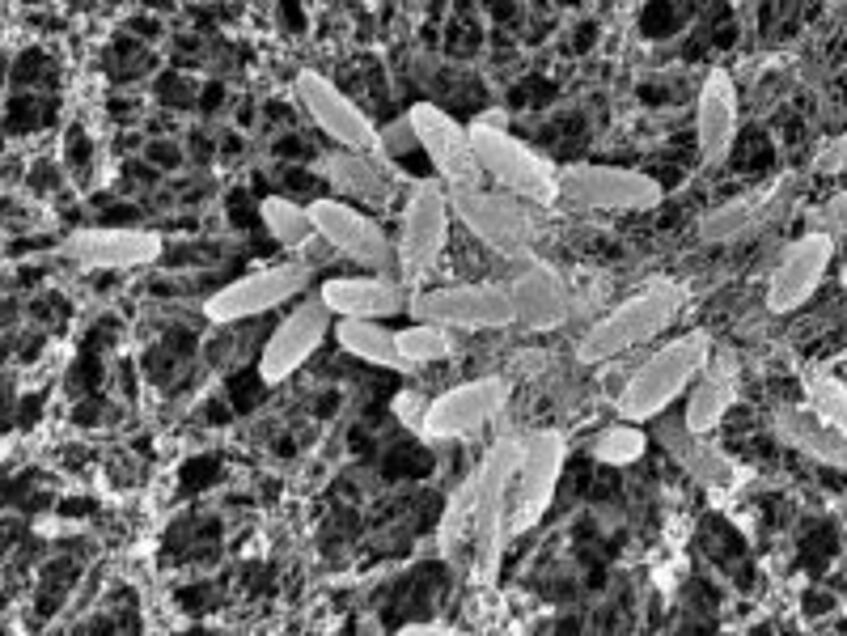Assoc.-Prof. Dr. Dagmar Woebken
“Soils” comprise many different habitats for microorganisms, even at the micro-scale, which is one factor that explains the enormous diversity of soil microbial communities. Soil habitats often represent challenging conditions for the residing microbes and yet, they endure and might even flourish in specific situations. Many questions regarding their adaptation to stressful conditions in soil habitats and the factors that influence their activity remain unanswered.
In my group, we are investigating the genomic and physiological features that allow for the survival and success of soil microorganisms. We aim to elucidate their survival strategies, as well as patterns and processes during resuscitation. Projects cover arid soils (desert biological soil crusts) that experience extended droughts, and temperate soils that are limited in easily available carbon sources. To include the other end of the spectrum, we also work with plant-associated habitats, where soil microorganisms are provided with energy-rich root exudates. Here we are particularly interested in how plant microbiomes are assembled and their potential beneficial effects, like nitrogen fixation or salt-stress mitigation.
For our investigations, we combine molecular techniques (such as metagenomics and metatranscriptomics), stable isotope probing and single-cell approaches (such as NanoSIMS and Raman microspectroscopy) with process-level biogeochemical methods and cultivation-based investigations.
Research Topics
Public Outreach
- Junge-Akademie-Blog: 15 Jahre Junge Akademie (2023)
- Junge-Akademie-Blog: Was ist Leben? (2023)
- Falter Article: Leben auf trockenem Boden (2020)
- Semesterfrage der Uni Wien: Mikroorganismen: Artenvielfalt im Boden (2020)
- Junge-Akademie-Blog/Der Standard. Bodenmikroorganismen als Überlebenskünstler: Wie schaffen die das? (2019)
- Junge-Akademie-Blog/DerStandard. Bodenmikroorganismen sind wahre Überlebenskünstler (2018)
- Semesterfrage der Uni Wien: Klima Ist biologische Landwirtschaft global einsetzbar? (2018)
- Semesterfrage der Uni Wien: Klima Wie hängt unsere Ernährung mit dem Klima zusammen? (2018)
- Uni Wien forscht: Mikrobiologin Dagmar Wöbken auf Spurensuche (2014)
- Im Reich der wichtigen Kleinen (2014)





